Zucchini is a relatively new kind of vegetable on the plantations of our girly lovers. Outwardly, he resembles a zucchini something ... And maybe cucumber? So what is the feature of the zucchini, how to plant it, the peculiarities of growing vegetable and how to use it in cooking in cooking - about all this you will learn from our article. I promise you will learn a lot of interesting things.
Zucchini zucchini - the most valuable vegetable on the garden
Zucchini is a valuable vegetable culture, as part of which vitamins of groups B and RR, carbohydrates, ascorbic acid, carotine. Moreover, the number of carotene is 2 times higher than its content in carrots. Moreover, relative to vitamin C, then it is much more in Zucchini than as a regular zucchka for us.
And, of course, it is worth mentioning the healing properties of Zucchini. Their food use contributes to improving metabolism, as well as digestion functions. They remove harmful substances and excess fluid from the body. Therefore, Zucchini is increasingly included in the diet of diet food and is recommended for those who suffer obese.
Zucchini Zucchini, photo
To date, there are several types of varieties in our country, each of which has its pros and cons. But in general, it is a low-calorie vegetable, which came along with the culinary. They gladly prepare a lot of unusual dishes from it, canned, marinate, salted and even resort to such technology as ridiculous, and both in salt and sweet.
Zucchini zucchini grade
So, zucchini zucchini, varieties:
- Tsukesh,
- Black handsome
- Aeronaut,
- Yellow
- Zebra,
- Golden scallop,
- COAND,
- Negriten
- Nephritis,
- Ronda
- Tintoretto,
- Banana,
- Golden
- Tiger.
From new types of zucchini, cooks especially celebrate zucchini zucchini top varieties:
- Mini zucchini
- Vanyusha
- Bourgeoins.
The most damned zucchini varieties
In order to get a solid zucchini harvest with only 1 sq.m., where you can grow 2-3 bushes, it is enough to buy modern high-yielding varieties. Let's look at what varieties are recommended to grow dackets on their sites to prepare from several bushes for the entire winter ordering.
- Zucchini Iskander F1. This is a famous Dutch grade Zucchini, who adapted perfectly in our latitudes. On 1 hectare of land you can collect up to 155 tons of crop. A total of one bush is collected up to 17 kg of fruits up to 25 cm long and weighing 0.5 kg.
- Tsukesh. The fruits of Zucchini have a dark green color in a shallow creek of a grayish shade. The fruits grow up to 45 cm. In length at diameter up to 11 cm. Sutting the tucchini bushes for 1 square meters. m, summer houses collect up to 13 kg. fruits. At the same time, the Zucchini Tsukesh is not sufficiently resistant to diseases and they often affect fungal diseases, especially if the summer is given to rainy and cold.
- Yellow zucchini zucchini. This is a special variety that breeders managed to bring back in 1980. The yield of bushes is lower than in the previous two, but with 1 sq.m. Dachnips can be collected up to 10 kg. delicious fruits. For abundant fruiting, the chest of yellow zucchini requires good care and abundant irrigation. At the same time, it is always necessary to monitor its fruits to collect them in young age. Otherwise, they can paint and become tasteless and rigid. The variety is sufficiently resistant to fungal diseases, but insect pests often affect branches of bushes. Therefore, during the season of vegetation, the yellow zucchini grade must be treated with a system insecticide.
Growing the above-described grades and hybrids of zucchini-zucchini, you can stock high harvest, while savoring on time and labor costs. It should be noted that they all have industrial importance and their main task - high yield, and not quality.
But if you are not interested in high yield, and really tasty and fragrant fruit of zucchini, then you should pick up a variety, tasting score of 10 out of 10. Bushes of these varieties are not such a yield as described above, but you will enjoy their taste.
- Caughties. The main advantage of varieties of Cava is resistance to pegs. They grow beautiful, up to 25 cm long, and their seeds remain soft for a long time. The weight of one zucchini does not exceed 300 grams. The grade is sufficiently resistant to mildew and insect pests. The ripening period from the beginning of germs is 45 days.
- Polar bear - Zucchini. This variety has an excellent aroma and taste. He is resistant to many diseases. The fruits grow up to a length of up to 25 cm, I have a white color, and at the ripening stage, a cream hue is obtained. They are perfectly suitable for use, both in raw form and for conservation, salads, cooking snacks and second dishes.
- Zebra. Thanks to its beautiful decorative form, it looks great on the holiday table. With 1 sq.m. You can collect up to 5 kg of fruits. In the length of the vegetable grows up to 50 cm, while retains diameter 12 cm. Fruits have a unique fruit taste, a dense pulp and a crispy crust. Thanks to these properties of them, fragrant dishes are obtained. Zucchini Zebra fruits have a striped color - green and yellow lines around the perimeter.
All of the above varieties, though not provide such a high yield, but will give you an excellent taste. And though they are followed systematically care for, but they will thank you with their aroma.
Advice! Once a week should be watered diluted zucchini mash from nettles. It strengthens the leaves of bushes, and stimulates the flow of nutrients.
Zucchini squash cultivation
In Italy the cultivation of zucchini engaged in more than one decade. It is from this country were brought the first seeds of zucchini squash, which is appreciated tender and tasty flesh. It can even be consumed raw, just like cucumbers. In most cases, zucchini have a beautiful green color and its shape may vary depending on the variety.
Growing zucchini is not complicated and does not require much effort gardeners. In a sense, the process of growing a bit like growing zucchini. But differs from the zucchini squash? First of all - high yield. But let's in order.
Rules germination squash zucchini
We begin the process of selecting the seed. Buying a ready-made zucchini seeds, should pay attention to variety and producer. To speed up the process of germination, the seeds is recommended to soak in a solution of growth stimulants, and then put them between two layers of wet gauze. Once the seeds hatch, they can be planted in open ground.
Another way to prepare zucchini seeds - refrigerator. Using this technique, gardeners recommend to put the seeds in the refrigerator for two hours and provide them with the temperature at 0 * C.
A good result shows a third method for seed preparation - soak for 5 hours in a glass of water with 50 degree temperature.
Rules of sowing the seeds of zucchini
- Choosing a site for planting seeds, prefer well-lit by the sun - zucchini love to bask in the sun. Prepare the soil is necessary to early autumn. To do this, you need to carefully dig the soil, make humus and superphosphate. Before planting zucchini, the site need to pour a solution of ammonium nitrate. Then, to prevent fungal diseases, pour the soil solution of potassium permanganate.
- Sowing seeds is carried out in the early to mid-May, depending on the climatic conditions in your area.
- Liberally drizzle properly prepared area and immediately sown in moist soil zucchini as follows: 3 plants per 1 sq.m.
- Choose a well for seeds, bring a little ash to it, pre-mixing it with the soil, and plan the seeds. The process must be made as accurately as possible in order not to harm the sprouted roots. In each hole, sow 2 seeds.
- Mulch the garden with humus.
Actually, everything, it remains daily to water the garden and wait for the first shoots. And they will not make themselves wait a long time - on the 6th day after landing, you can already observe the first green sprouts.
Important! In the process of developing sprouts form wide bushes, therefore it is desirable to leave a stronger sprout, and to reserve or disembark or pinch.
The further process of vegetation care is regular and abundant irrigation. At the same time, it should be watered or early in the morning, or after sunset. Just do not overdo it with irrigation, for how excessive soil moisturizing can lead to attenuation of Zucchini.
Secrets of Ogorodnikov
To increase the yield of fruits, experienced gardeners use one trick - spray the flowers of fruit with a solution - 100 g of sugar sand and 1 g of boric acid are added to 1 liter of water.
It is necessary to take into account the fact that Zucchini bushes form a wide and large leaves that prevent solar color. In addition, the bush closed with wide leaves does not allow soil warming, which also affects yields. Therefore, gardeners are recommended to periodically cut large leaves - the plant this process suffers painlessly.
Cut the fruits of Zucchini need a sharp knife. For eating, young fruits are considered the most delicious, up to 20 cm long.
For the workpiece, fruits are cut up to 30 cm long and weighing up to 400 g.
Already in the first year of working with Zucchini, you can get a high harvest. To think only, on one plant you can collect 20-25 fruits.
Diseases and pests Zucchini zucchini
To get a high harvest and delicious fruits, several recommendations of experienced gardens should be followed. They assure us that all diseases of the zucchini begin with a converged soil, and spreads them with cold water, sharp temperature differences and non-compliance with the rules of agrotechnology. All infection is capable of maintaining in the soil, so after steps it is recommended to remove all plant residues, especially from patients.
Pests Zucchini Kabachkov
The most dangerous pests of the bushes is considered a mudflow and caterpillars. Systematic cannon will prevent their appearance. In case you notice that the leaves are amazed, you need to remove them immediately.
Advice! Buckle of bitter pepper helps well from pests and insects. Cut 100 grams of pepper and boil it in 1 liter of water for 1 hour. Insist the decoction of 2-3 days, after which it is clear the peppers and gently press. The resulting decoction bulk bottles and store in the refrigerator. Before applying, imach the decoction in the water in the ratio of 1:10.
To protect the plant from slugs, sprinkle the ground around the bushes of ordinary wood ash or dental powder.
Bacteriosis
Another disease that affects the zucchini is bacteriosis. It is possible to notice the disease by rewarding the wound. If measures are not taken in a timely manner, the fruits will turn out to be ugly, crumpled and tasteless.
Garders advise to spray a plant with 1% burgundy fluid solution. Last processing with liquid can be carried out 10 days before harvest. Affected fruits should be deleted.
Root rot
Root rotes affects the tips of the roots of Zucchini bushes. In case of untimely processing, the roots become brown with cracks, and the stalks of the bushes begin to crack. As a result, the bush dies.
Dachini advise a fresh turf soil to the bushes, and the affected areas of plants treat ordinary wood ash.
conclusions
Zucchini marinate, salted, frozen. But they can be stored and fresh in the cellar. But only in the event that condensate will not fall into fruit. If you have the opportunity to provide them with such conditions, you can enjoy fresh fruits to a new harvest.
In addition, Zucchini is also beneficial to grow as feed for poultry. Chickens and ducks with pleasure they eat in crushed form. Do not refuse such complete feed and rabbits, pigs and nutria. It turns out a cheap and nutritional feed mixture.
So, success you are dear gardens and a high harvest!

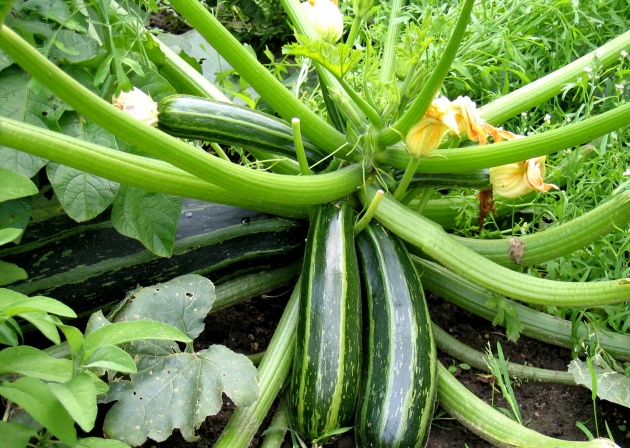
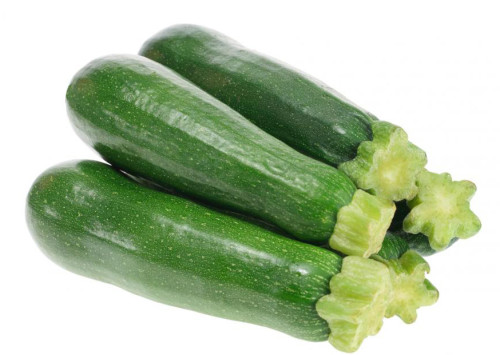
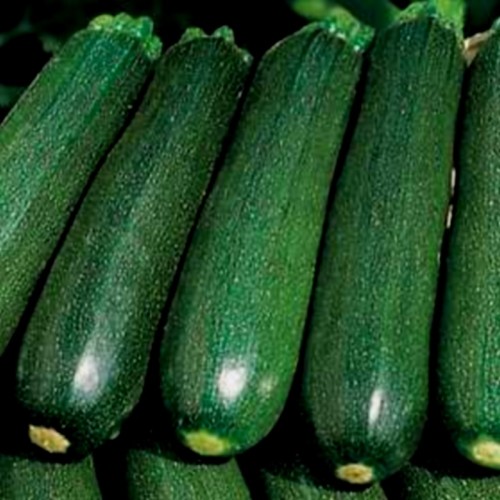
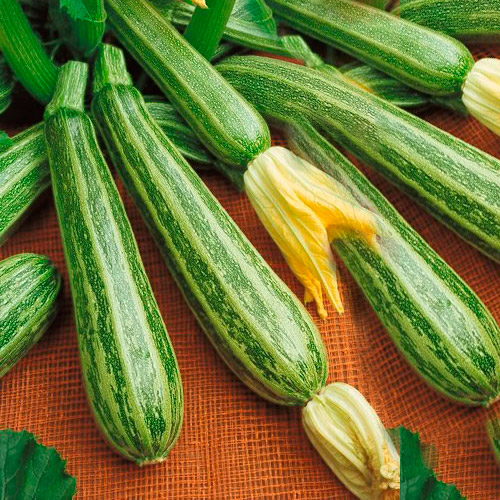

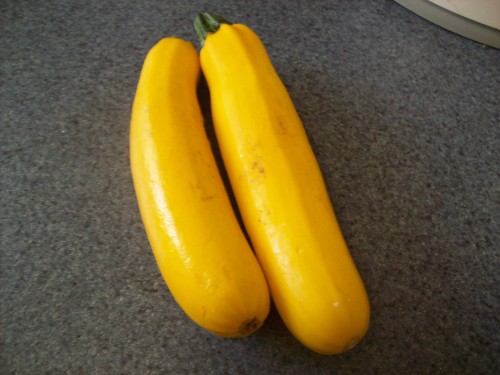

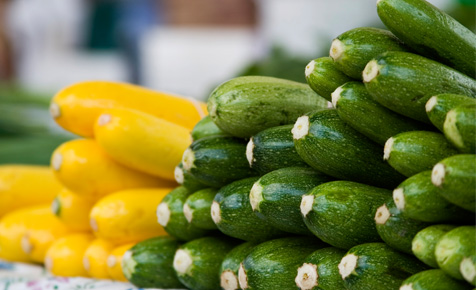

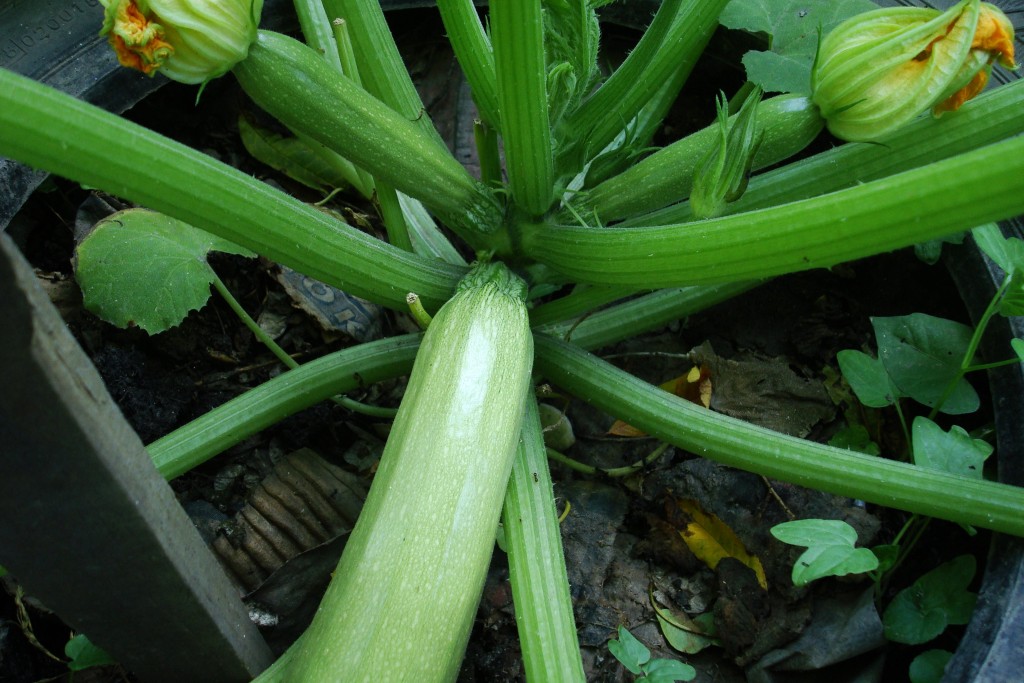
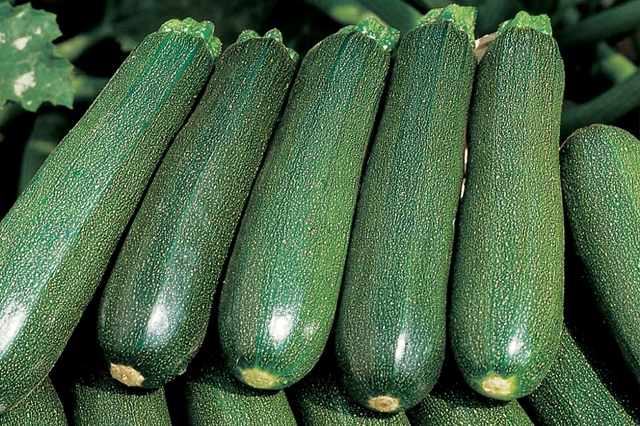
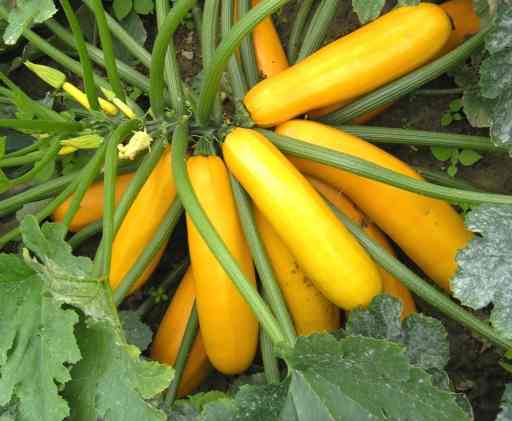

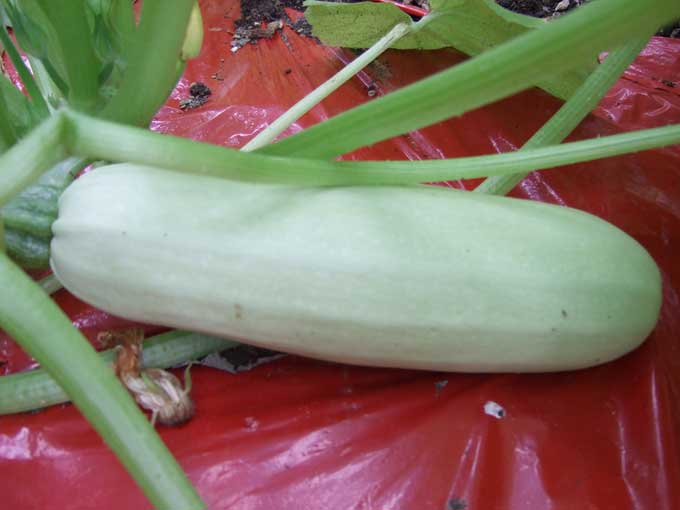
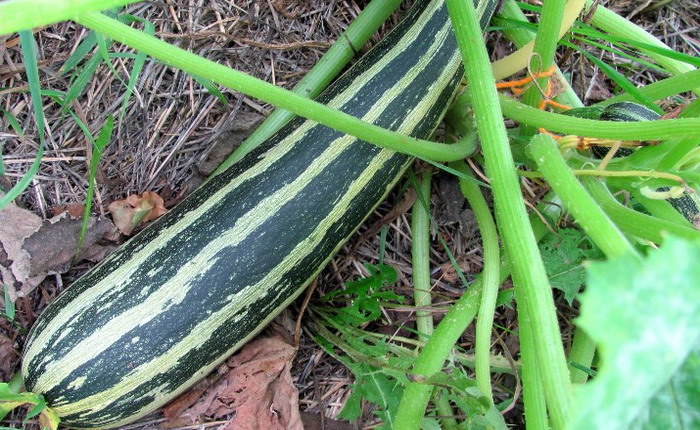
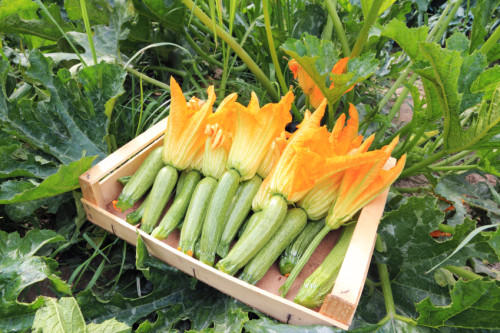
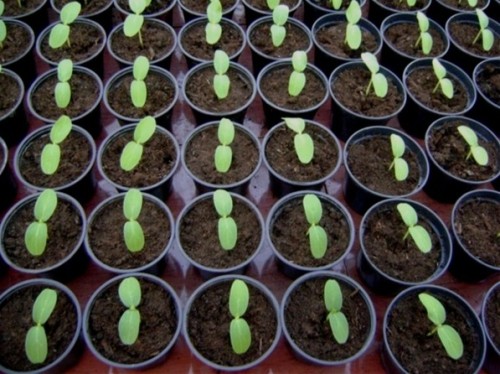
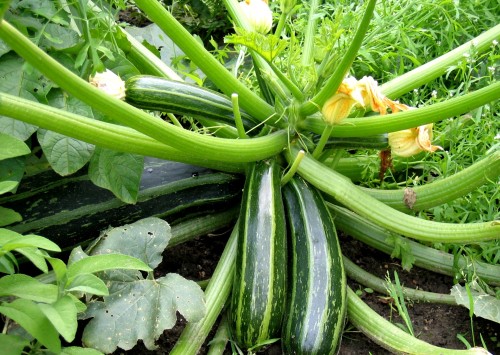
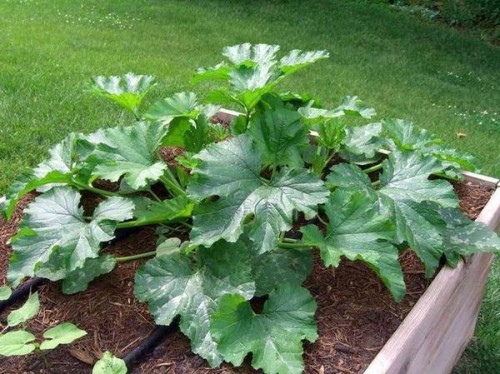
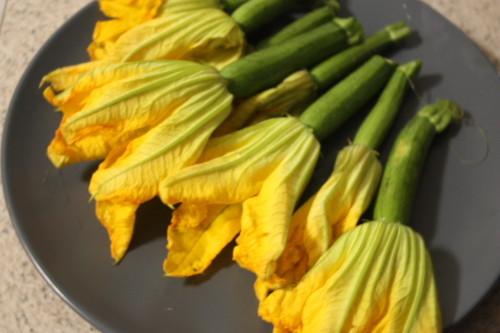




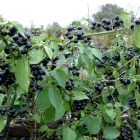
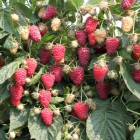
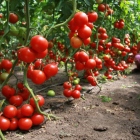
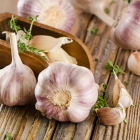
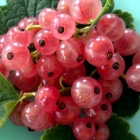
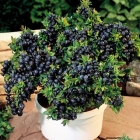
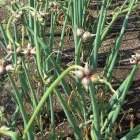
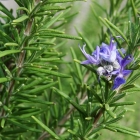
 Start a discussion ...
Start a discussion ...